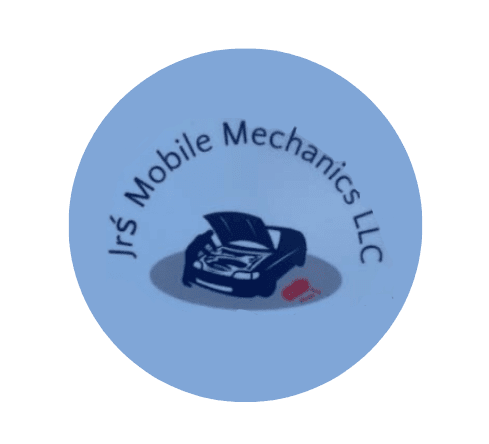
Transmission Rebuild

Prices will vary per vehicle.
A transmission rebuild is a comprehensive and meticulous process aimed at restoring a vehicle's transmission to optimal condition. This service is typically undertaken when a transmission has experienced significant wear, damage, or failure beyond simple repairs. In this service description, we'll explore the importance of transmission rebuilds, the signs indicating the need for this service, and the detailed steps involved in the rebuild process.
Importance:
The transmission is a complex mechanical component responsible for transmitting power from the engine to the wheels. Over time, factors such as high mileage, inadequate maintenance, or internal component wear can lead to transmission issues such as slipping, harsh shifting, or complete failure. A transmission rebuild is essential for restoring the transmission's functionality, reliability, and longevity, ensuring smooth and efficient operation of the vehicle.
Signs indicating the need for a transmission rebuild:
- Persistent transmission problems: If your vehicle experiences consistent issues such as slipping gears, delayed or rough shifting, or transmission fluid leaks despite previous repairs, a rebuild may be necessary.
- Complete transmission failure: A transmission that fails to engage or move the vehicle indicates severe internal damage, often requiring a rebuild to rectify.
- High mileage: Vehicles with high mileage are more prone to transmission wear and may benefit from a rebuild to address accumulated wear and tear on internal components.
- Overheating or burnt transmission fluid: Transmission fluid that appears burnt or has a distinct odor of burning indicates overheating, which can cause damage to internal components and necessitate a rebuild.
The Process:
1. Disassembly: The transmission is removed from the vehicle and disassembled into individual components by skilled technicians.
2. Inspection: Each component is thoroughly inspected for wear, damage, or defects. Critical components such as gears, clutches, seals, and bearings are carefully examined to determine their condition.
3. Replacement of worn or damaged parts: Any worn or damaged components identified during the inspection are replaced with new or remanufactured parts to ensure optimal performance and reliability.
4. Cleaning and reassembly: All components are meticulously cleaned to remove debris, contaminants, and old transmission fluid. The transmission is then reassembled according to manufacturer specifications, with precision and attention to detail.
5. Calibration and adjustments: Once reassembled, the transmission is calibrated and adjusted to ensure proper alignment, gear engagement, and fluid pressure.
6. Testing: The rebuilt transmission undergoes rigorous testing to evaluate its functionality, including bench testing and road testing to simulate real-world driving conditions.
7. Quality assurance: Before installation, the rebuilt transmission undergoes final quality checks to verify its performance and reliability, providing assurance of its durability and longevity.
Conclusion:
A transmission rebuild is a comprehensive solution for addressing severe transmission issues and restoring the performance and reliability of your vehicle. By entrusting this complex process to experienced professionals, you can ensure that your vehicle's transmission operates smoothly and efficiently for miles to come. If you're experiencing transmission problems or suspect the need for a rebuild, consult with a reputable automotive service provider to assess your options and restore your vehicle's drivability.
Contact Us
Get in Touch
Feel free to reach out to us via the contact form below. Our expert team at Jr's Mobile Mechanics, LLC, is ready to assist you with any inquiries you may have. Don't hesitate; get in touch today.
